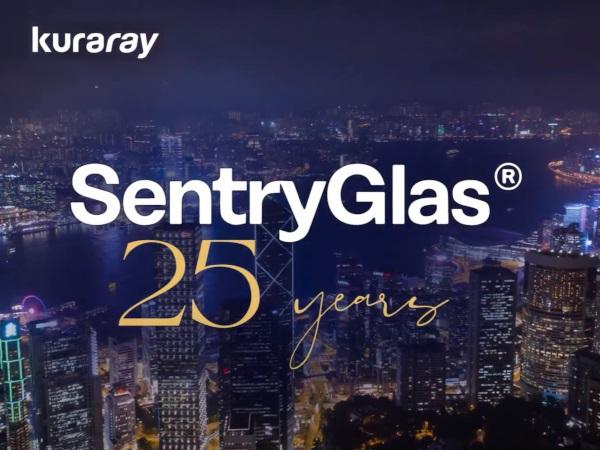
Date: 3 June 2024
Unlike polyvinyl butyral (PVB) resin, the incumbent laminated glass interlayer was commercialized in the 1930s. the SentryGlas® interlayer appealed to designers and structural engineers who were moving away from four-sided supported glazing systems.
Originally known as SentryGlas® Plus or SGP, to distinguish itself from an early hurricane glazing composite material, over time, the “Plus” was dropped and the product was called SentryGlas[AA1] ® or SG[AA2] ® interlayer.
As with any new product, the initial product offering was expanded over time. From its original availability in 60- and 90-mil sheets, 35-mil sheets were developed for both the hurricane and architectural markets. Then, 35-mil on a roll was introduced—an amazing achievement considering how stiff the product was. SentryGlas® White was introduced in 2012, creating even more opportunities in both vertical and overhead applications.
Stiffness: A Key SentryGlas® Property
The stiffness of the material was invaluable for minimally supported glass applications, especially as it related to post-breakage performance. The interlayer was extruded without plasticizers and could be used in “open edge” applications without the fear of delamination. As architects moved away from traditional glazing systems, the SentryGlas® interlayer could deliver safety and performance, even in the most daring applications.
Dr. Stephen Bennison, Technical Fellow at Kuraray and a member of the SentryGlas[AA3] ® Venture team, noted that the stiffness of SentryGlas® enabled efficient coupling of glass thus leading to much stronger, structurally-efficient laminates. Furthermore, these structural benefits were seen to extend to elevated temperatures of 50 °C (122 F) and above. This feature could be exploited in the design of thinner, lighter, or even larger laminates with superior structural performance.
SentryGlas® Partners with Pilkington’s Planar System
SentryGlas® Team members worked tirelessly to get the word out to façade engineers, designers, and specifiers all over the globe. As projects were built using SentryGlas® interlayer rather than PVB, confidence grew in this product, and it was associated with some of the most challenging architectural projects of the last twenty years.
One partnership that developed in the mid-2000s was the Planar™/SentryGlas® System, a partnership between Pilkington and DuPont™ Glass Laminating Solutions. The partnership brought the engineering prowess of Pilkington together with the scientific knowledge of DuPont to create a state-of-the-art bolted glass system. W&W Glass of Nanuet, New York, the exclusive North America distributer of the Pilkinton Planar™ system participated in the installation of this new system in North America.
According to Jeff Haber, Managing Partner of W&W Glass, “The introduction of SentryGlas® and our partnership with Pilkington and DuPont allowed us to meet the changing tastes of the architectural community as they were pushing the glass envelope with ever bigger panels of frameless glass with exposed edges that wouldn’t have been possible without SentryGlas®.”
In addition, the Planar™/SentryGlas® System has residual strength, even with both plies broken. Comparing PVB to SentryGlas® laminates, Haber noted that the latter resulted in a solution that was 15% thinner/lighter and 66% stronger than the PVB laminate.
One of the largest projects to specify this system was the Yorkdale Mall in Toronto. A 60-ft high, 300 ft long barrel-vaulted skylight covers the original 1964 atrium space, which now supplies an abundance of natural light.
Going Global with SentryGlas®
The first SentryGlas® project in Europe was the Endesa Headquarters in Madrid, Spain. Built between 2001 and 2003, the project features a large atrium roof and facades constructed with laminated glass. The glazing on the roof is an almost horizontal flat glass surface comprised of 861 point-fixed laminated glass panes. It was designed and built by Bellapart s.a. u. and featured glass panels in a variety of shapes and sizes. All were a three-layer construction with plies of 90-mil SentryGlas®. The following year, the Shanghai Oriental Arts Center opened. This 1,979-seat philharmonic concert hall, 1,053-seat lyric theater, and 330-seat chamber music hall is another example of the design innovation possible with SentryGlas®. The upper levels of the façade of this cultural venue in Shanghai feature laminated glass combined with perforated metal sheeting for sun screening.
Walking on Glass?
You betcha! The Skywalk at the Grand Canyon, opened in 2007, is suspended seventy feet over the canyon’s edge and 4,000 feet above the Colorado River. The U-shaped observation platform enables visitors to stand on glass flooring made with multiple glass plies of Saint-Gobain Diamant glass and SentryGlas® interlayer and feel the sensation of floating high above the canyon, without visible supports.
From concept to completion of the ambitious two-year project, the building of the Skywalk meant combining the talents of architects, engineers, construction experts, glass suppliers and laminators using high-performance materials. These materials are critical to the safety and security of people at high altitudes in the canyon’s harsh environment. Strength, stiffness, and optical clarity all contribute to visitors’ viewing experience.
The Future
The twenty-five year history of SentryGlas® has had a significant impact on the use of laminated glass. The introduction of SentryGlas® along with design tools and know-how, enabled a new class of material – structural laminated glass. Engineers can take on projects like the Grand Canyon Skywalk where the stiffness and strength of the laminate are critical to structural performance. These properties are critical to the post-breakage performance of glass that is minimally supported, such as glass fins, canopies, and glass railings. The safety component, coupled with the design versatility of a stiff interlayer, has enticed designers to use glass in ways that transcend traditional uses of the material. Last, but not least, the structural efficiency of SentryGlas® laminates has the added benefit of significantly reducing the carbon footprint of a façade by minimizing the amounts of glass and structural supporting materials.
That is the true legacy of this amazing interlayer!
Author: Valerie Block
 600450
600450

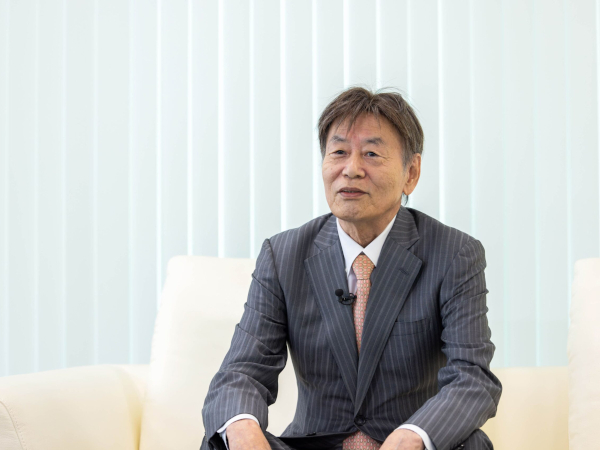
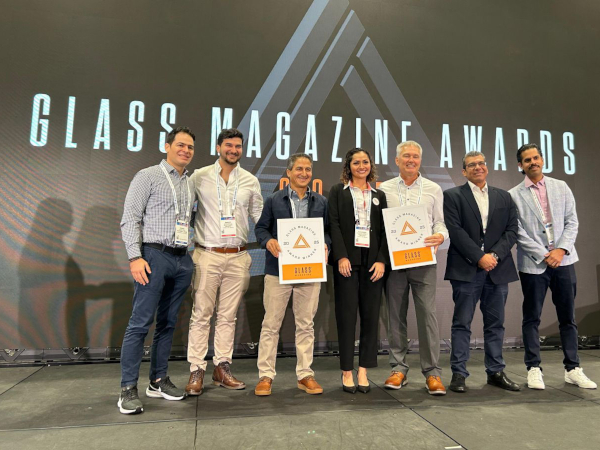
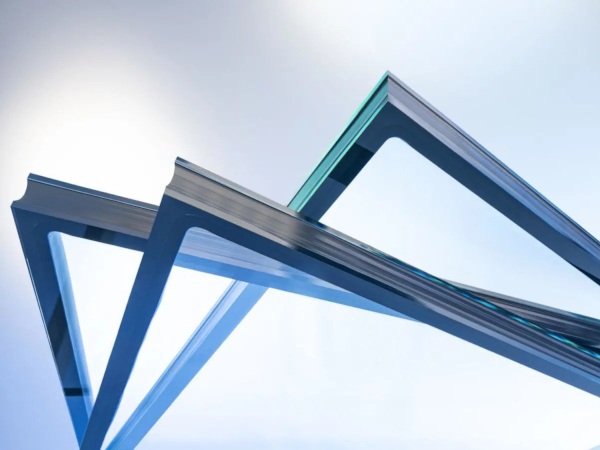
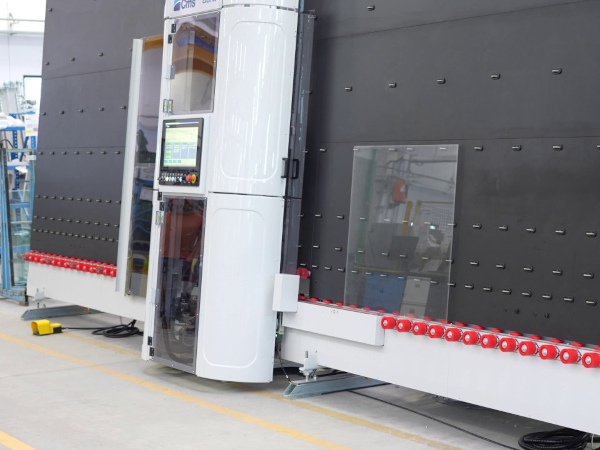
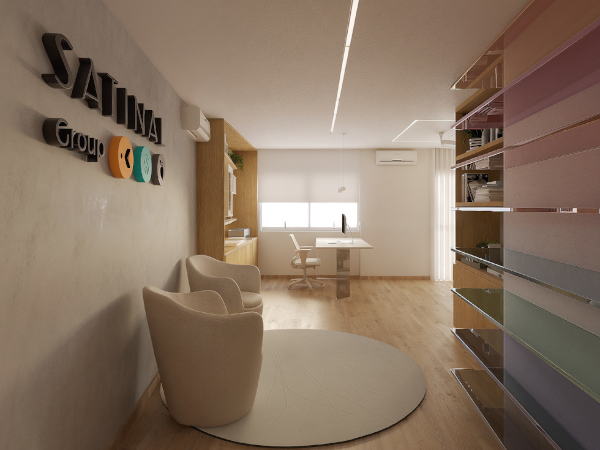
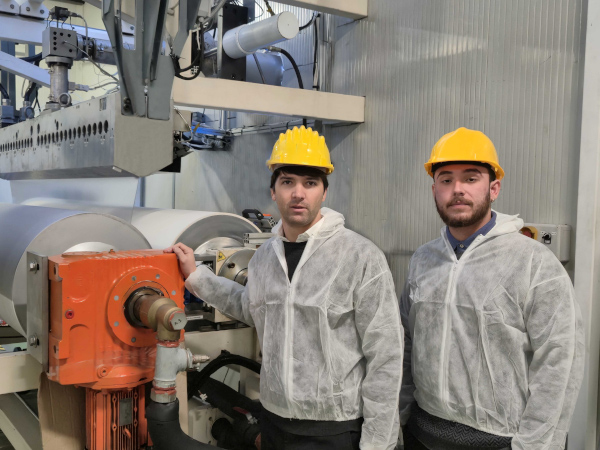



















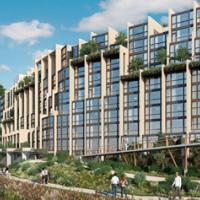
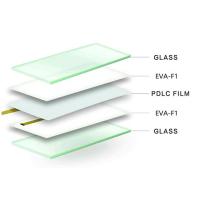
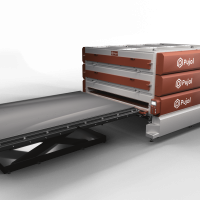
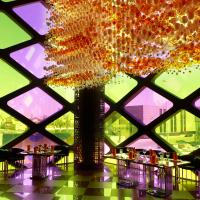
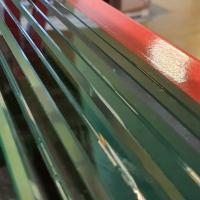
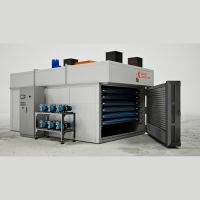
Add new comment